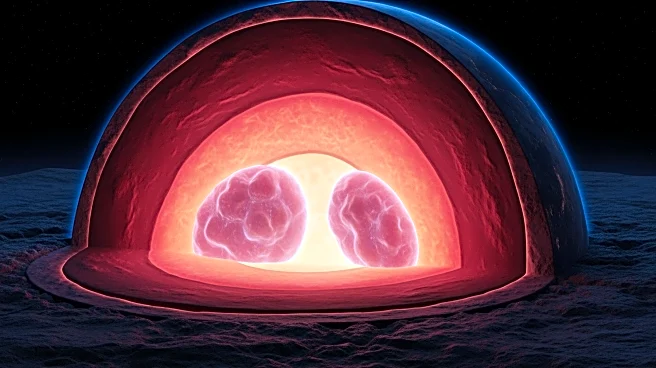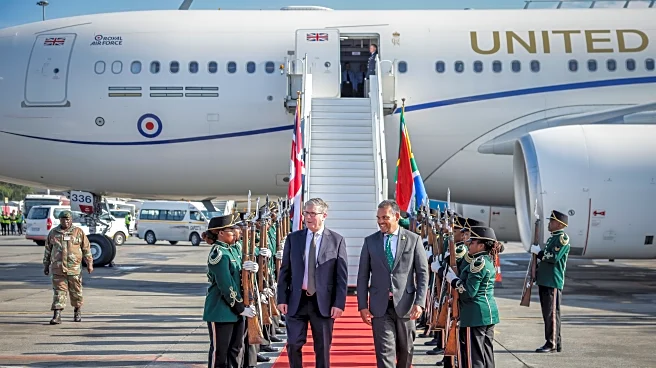What's Happening?
Geologists have formally recognized Zealandia as Earth's eighth continent, a submerged landmass beneath the Pacific Ocean. Spanning nearly two million square miles, Zealandia is larger than India and almost
two-thirds the size of Australia. Despite its size, 94% of Zealandia lies underwater, making it difficult to detect with traditional geological mapping methods. The recognition of Zealandia as a continent was based on criteria such as elevation, geological structure, defined area, and crust thickness. Advances in satellite gravity mapping and deep-ocean drilling have helped outline its full extent. The continent's thin crust may explain its submergence following its separation from Gondwana 85 million years ago.
Why It's Important?
The formal recognition of Zealandia as a continent challenges previous scientific perceptions and underscores the importance of deep-sea exploration. This discovery could have implications for New Zealand's economic rights under the United Nations Convention on the Law of the Sea, potentially allowing claims to vast undersea resources. The identification of Zealandia also raises questions about other potential submerged landmasses and the geological history of Earth's continents. Understanding Zealandia's formation and submergence could provide insights into tectonic processes and the evolution of continental structures.
What's Next?
Further research is likely to focus on drilling missions to gather more sediment cores and geological samples from Zealandia. These efforts aim to uncover more details about its history, including periods when parts of the continent may have been above sea level. Scientists may also explore the potential for economic resource extraction from Zealandia's continental shelf. Additionally, the recognition of Zealandia may prompt a reevaluation of other submerged landmasses and their classification as continents.
Beyond the Headlines
The discovery of Zealandia highlights the limitations of traditional geological mapping and the need for advanced technologies in exploring Earth's hidden features. It also raises ethical considerations regarding the exploitation of undersea resources and the environmental impact of such activities. The recognition of Zealandia as a continent may influence international maritime boundaries and geopolitical dynamics in the Pacific region.














